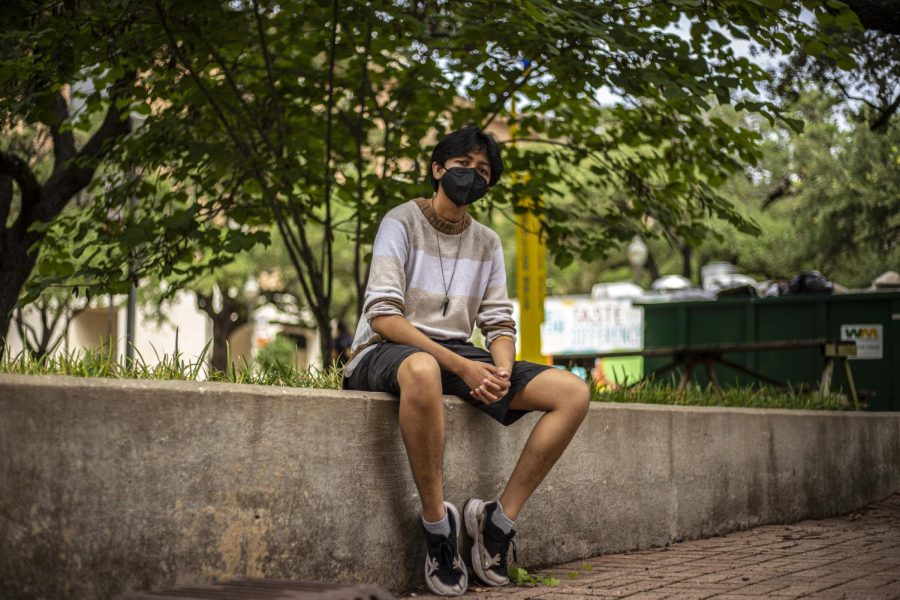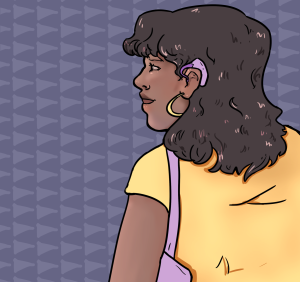UT studies show LGBTQ+ youth experience more discrimination, distress
September 2, 2022
Content warning: This article mentions suicide.
Forty-nine years ago, homosexuality was unclassified as a mental illness in the U.S. Seven years ago, same-sex marriage was legalized. Despite U.S. policy showing increasing acceptance of the community, a study involving UT researchers shows young LGBTQ+ people experience discrimination and mental health issues at higher rates than older LGBTQ+ people.
The study, co-authored by Stephen Russell, the director of UT’s School of Human Ecology, was originally published in March 2021. The study took 1,518 lesbian, gay and bisexual individuals from three different age groups — 18-25, 34-41 and 52-59 — and compared their exposure to stressors like discrimination and internalized homophobia. The researchers also conducted a separate study focused on the experiences of transgender people.
Although the study found that fewer young LGBTQ+ people experienced physical violence, they experienced more everyday discrimination and psychological distress as a result of their sexuality. 30% of people in the youngest group reported having attempted suicide, up from 21% in the oldest cohort.
“Despite the changes in the (social) environment, kind of in a big way, it doesn’t seem to really change the lived experiences of LGBTQ people at this point,” said Ilan Meyer, co-author and distinguished senior scholar of public policy at the Williams Institute at UCLA.
Environmental science sophomore Arushi Biswas said recent conservative pushbacks affect young people because they have grown up with marriage equality and have higher standards for their rights.
“It’s a combination of seeing these bad things going on in the world compounded with the stresses we have because we’re queer and we’re in a country that is actively legislating against us in many ways,” Biswas said.
Avery Brooks, a theater and dance senior, said they think a lack of inclusive healthcare is harmful to both the physical and mental well-being of LGBTQ+ individuals.
“There’s just a lot of hoops that you have to jump through,” Brooks said. “When you get a therapist, that therapist could not support queer people. … I did have a lot of difficulty talking about some issues I had pertaining to being gay.”
Although younger LGBTQ+ individuals experience worse distress according to the study, they also identify with the community earlier. The youngest cohort self-identified as LGBTQ+ at age 14 on average, while the average age for the oldest cohort was 18.3, according to the study.
Biswas said the internet helped them realize their identity and provided avenues for connecting to their community, something older generations did not have access to.
“It can be a resource that opens you up to this realm of possibility,” Biswas said. “(It) jump-started the journey for me to take a deeper look at myself and understand how I existed in the world as a queer person.”
Meyer said having LGBTQ+ identified healthcare providers benefit the community.
“We need to ensure that all medical providers, social workers and psychologists are educated and learn how to provide sensitive and quality services,” Meyer said. “People who are connected with LGBT specific services in some areas do better.”
Biswas said expanding LGBTQ+ resources like the Trevor Project and GLAAD could help improve mental health.
“We could have greater outreach to people who might be struggling,” Biswas said. “I think they’ll go a long way to improving the mental health of queer kids and helping them understand that there are resources out there.”














